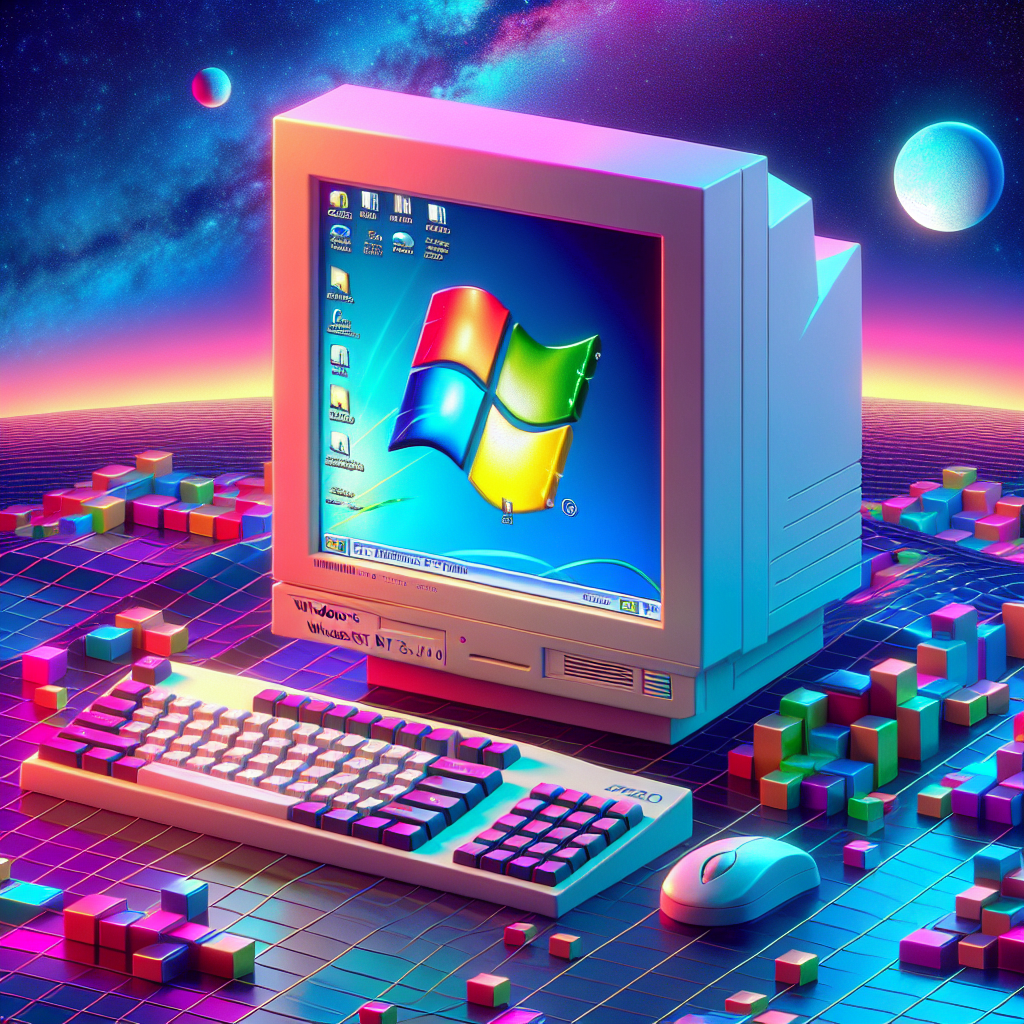Who would have thought that a revolutionary operating system created in the mid-90s would be the unsung hero behind much of our modern-day computing triumphs? Enter Windows NT 4.0, developed by the venerable Microsoft Corporation, released on August 24, 1996. This robust and sophisticated operating system found its way into servers and ultimately into the hearts of IT professionals across the globe, cementing its place as a milestone in tech history.
The Pioneering Spirit of Windows NT 4.0
By the mid-1990s, the tech world was buzzing with numerous developments. Microsoft, back then a burgeoning force in the software industry, embarked on a bold journey to create a more secure and scalable network operating system. They envisioned a sophisticated platform that went beyond the consumer-centric Windows 95, emphasizing architecture suited for enterprise environments. Windows NT 4.0 was crafted meticulously to fulfill these ambitious goals, offering a stable environment that was not only groundbreaking at the time but also laid down the core foundation for the modern Windows operating systems.
What's So Special About It?
One of the most remarkable attributes of Windows NT 4.0 was its shift from the DOS-based kernel of Windows 95 to its own unique architecture. This was a monumental leap that promised enhanced security and multi-tasking capabilities. But here comes the fun part—imagine an operating system that introduced a futuristic user interface (UI) reminiscent of Windows 95 along with the technical finesse required by enterprises! NT 4.0 achieved that perfect blend, making complex tasks appear effortlessly simple.
The Architecture
If we dive deeper into its architecture, Windows NT 4.0 was built on a hybrid kernel designed to support multiprocessor configurations, preemptive multitasking, and it provided hardware abstraction, which was a big win for server administrators. This made it conspicuously better suited to heavy-duty operations than its predecessors. The OS championed PowerPCs, DEC Alpha, and, of course, Intel’s x86 architecture, ensuring versatility across platforms.
Graphical User Interface
I can’t stress enough how exciting it was for users coming off of text-heavy interfaces of Unix and DOS to experience a GUI that made computing feel like child’s play. With icons and an intuitive layout, NT 4.0 revolutionized how professionals interacted with their machines. A nod to the Windows 95 design, it brought familiarity wrapped in sophisticated performance.
Transforming Enterprises — One Server at a Time
Windows NT 4.0 soon became the gold-standard for business servers. Its knack for file, print, and application services was enhanced with then-novel internet and networking capabilities that made connecting computers not just a task, but an exciting possibility. NT 4.0 excelled in environments requiring reliability, speed, and security, making it the backbone of countless corporate infrastructures during its reign.
Security Features
Let me tell you about the enhanced security feature-set NT 4.0 touted. It was one of the earlier operating systems to introduce a robust security model involving user authentication and permissions, championing access control lists (ACLs) before it became cool! It supported protocols like TCP/IP, ripe for an era where the internet was starting to make waves in the corporate realm.
Learning from the Past, Shaping the Future
While today’s operating systems have surpassed NT 4.0 in myriad ways, understanding its pivotal role is crucial. By laying the groundwork for the sophisticated systems we pour into today, it teaches us a valuable lesson in innovation, persistence, and adaptation—a reminder of humanity's perpetual quest for progress.
Connecting Back to Today
Windows NT 4.0’s influence is still palpable. The architecture inherently lauded for its security and multi-user capacity continues to inform the development of our more recent Windows Server architectures, used globally by enterprises both large and small.
The Legacy Lives On
Looking at our gadgets and advanced systems, it can be easy to overlook how these components connect back to seminal platforms like Windows NT 4.0. One cannot help but marvel at the sophistication cultivated in such a small package, and feel optimistic about the boundless potential the future holds, all stemmed from this remarkable OS.
Conclusion: A Toast to Windows NT 4.0
Let us celebrate Windows NT 4.0, the bold initiative that shaped how we think about computing and inspired technological revolutions. As we continue to expand our knowledge, we honor not just a piece of software, but the minds and ambitions that laid its far-reaching groundwork. Cheers to another chapter in the thrilling story of human innovation!

